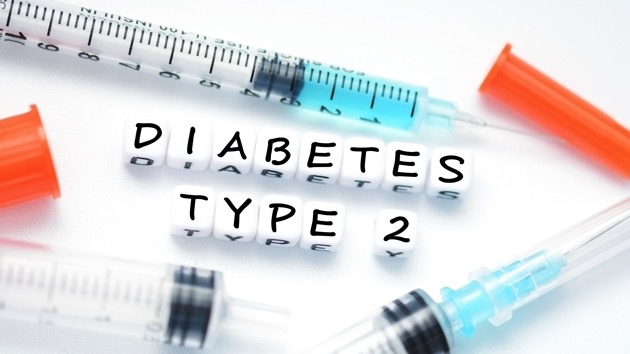This skin discoloration could help parents catch Type 2 diabetes in children
adrian825/iStock
(NEW YORK) — Two new studies found that Type 2 diabetes appears to have doubled in children amid the COVID-19 pandemic.
ABC News chief medical correspondent Dr. Jennifer Ashton broke down what’s behind the recent increase and what parents need to know.
“File this one under a ripple effect by the pandemic, caused by being less active, possibly eating more [and] fewer well visits at a children’s pediatrician,” Ashton said. “These two studies presented at the American Diabetes Association Conference [show] a significant increase in the risk of Type 2 diabetes, which we know is a problem because it’s a risk factor for future heart disease.”
She said it’s imperative that parents understand what puts children at risk, such as being overweight, inactivity, and a family history of the disease. Certain races and ethnicities are also at higher risk as well as babies born with lower birth weights or mothers who had diabetes during pregnancy.
As for the warning signs, “things like increased thirst, increased urination, unintentional weight loss in a child, increased hunger or fatigue, changes in behavior,” Ashton noted.
One major warning sign in particular that Ashton said should prompt a doctor screening is skin discoloration known as acanthosis nigricans. “It can occur in the neck, in the groin, in the armpits,” she said.
Added Ashton: “Awareness is so key, but this is reversible. Get [children] screened and if you get this diagnosis, understand that it’s really a glass is half full situation because with aggressive management, lifestyle changes, possibly medication if necessary, it can be reversed.”
The studies out of Washington, D.C., and Baton Rouge were presented as part of the virtual 81st Scientific Sessions of the American Diabetes Association (ADA), which looked at the larger trend of how stay-at-home orders exacerbated certain diseases.
Copyright © 2021, ABC Audio. All rights reserved.

